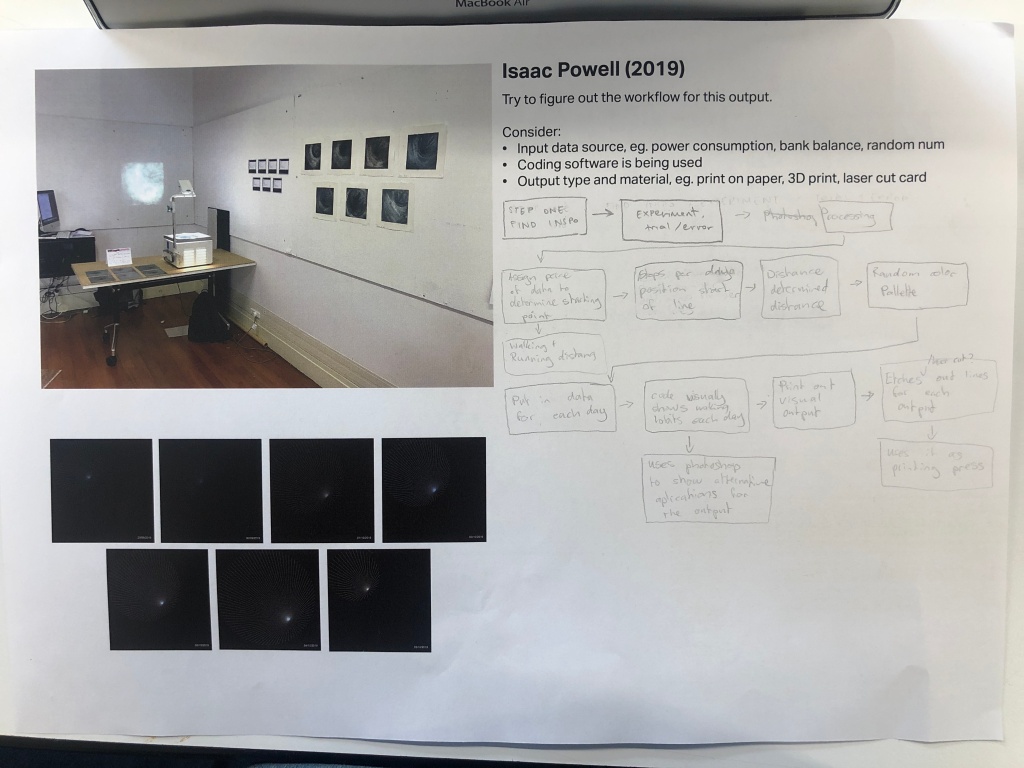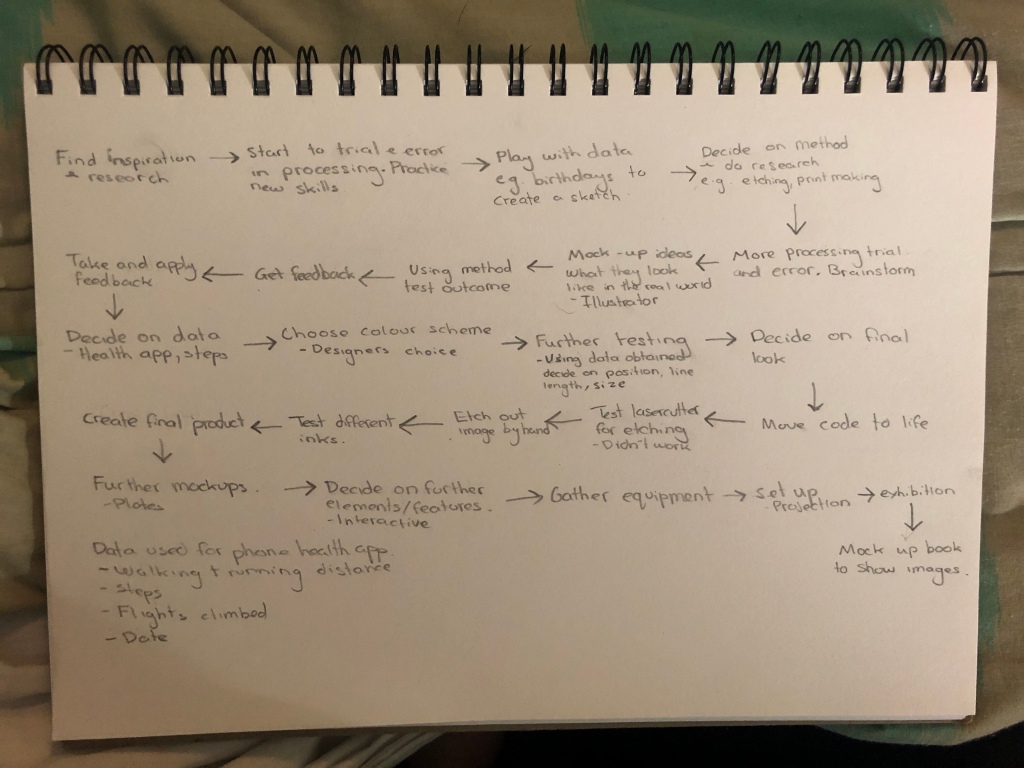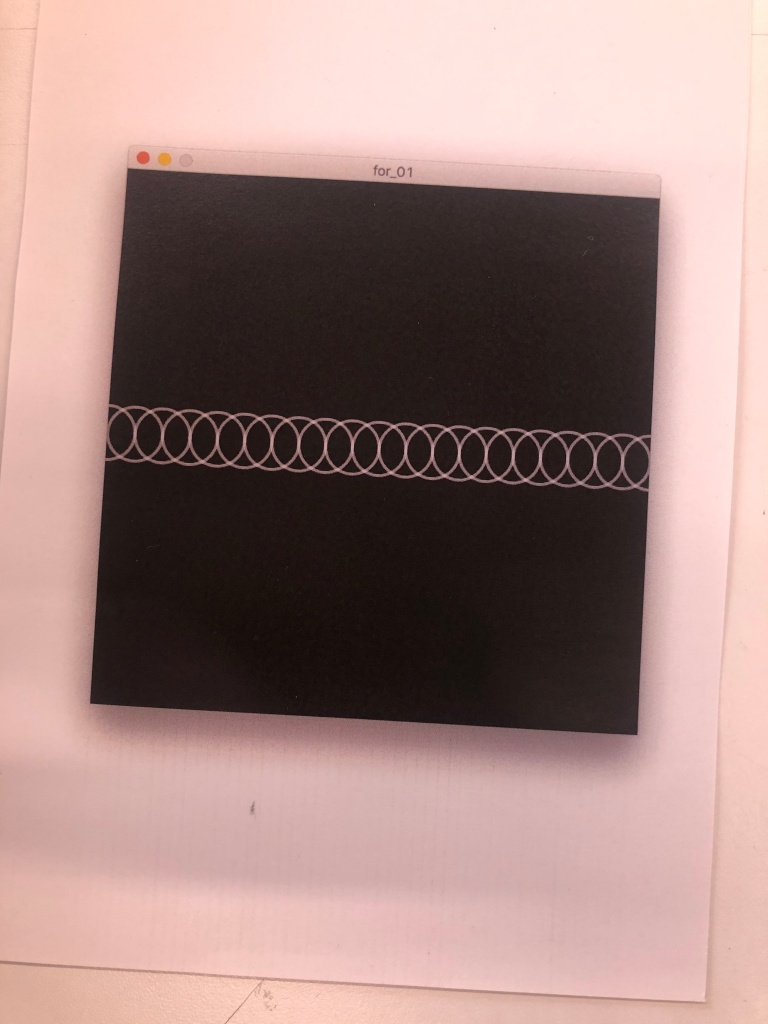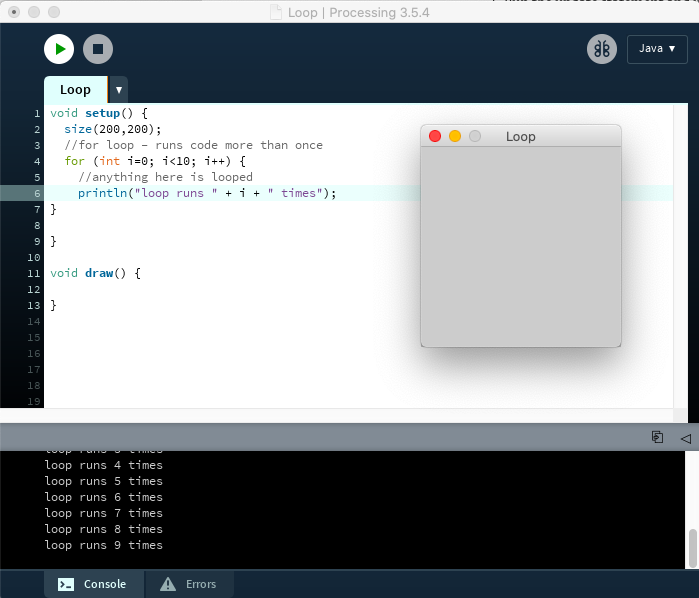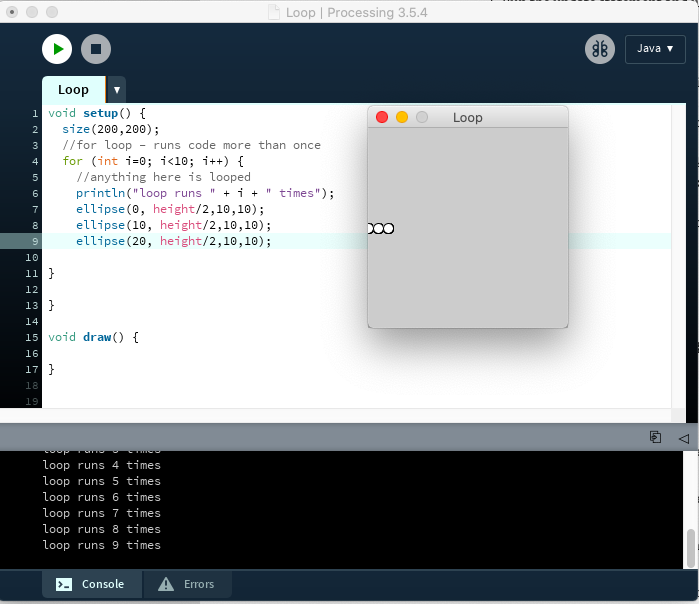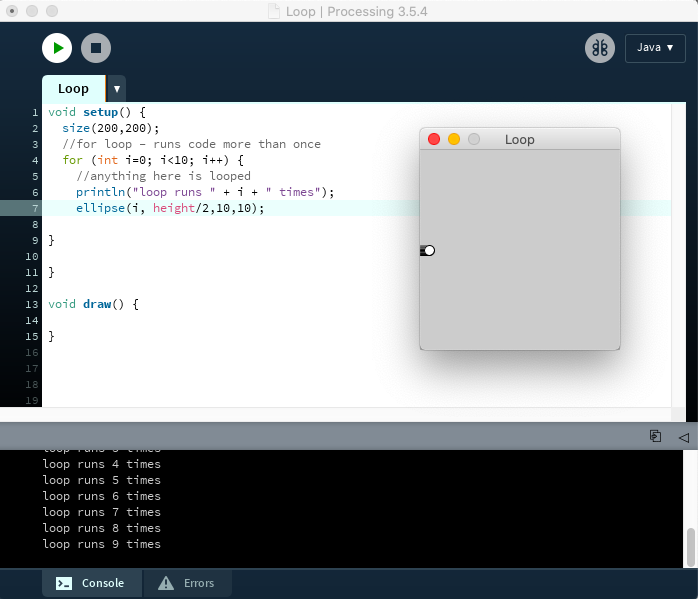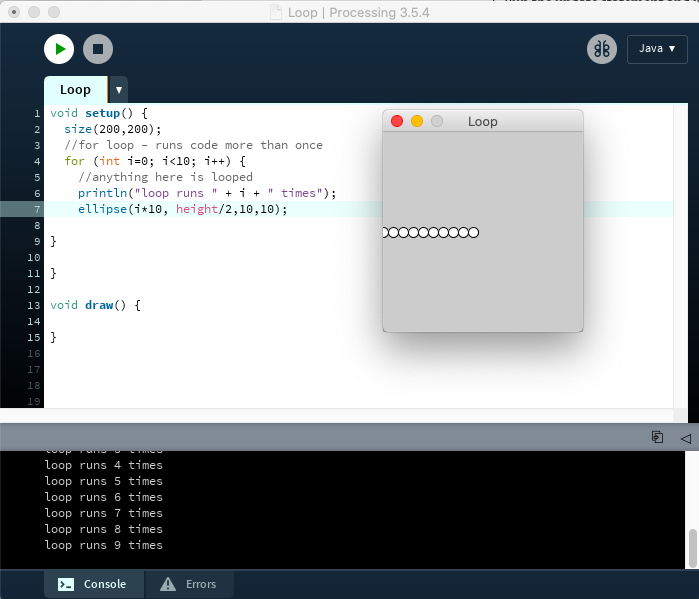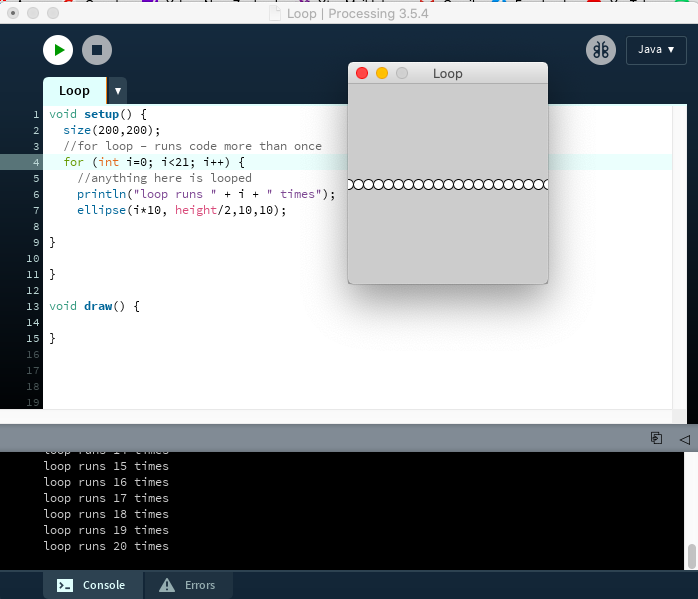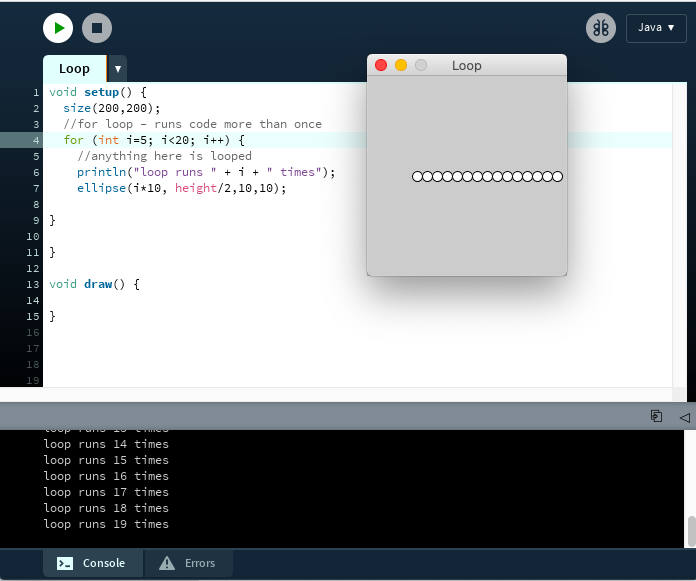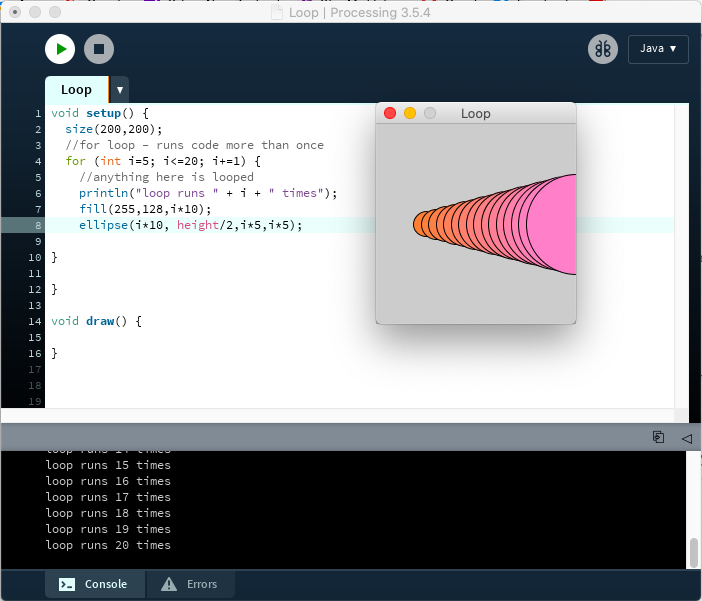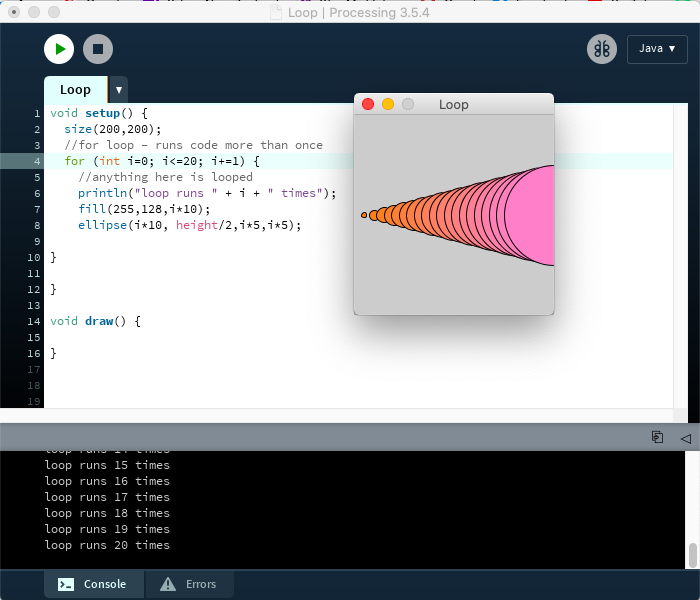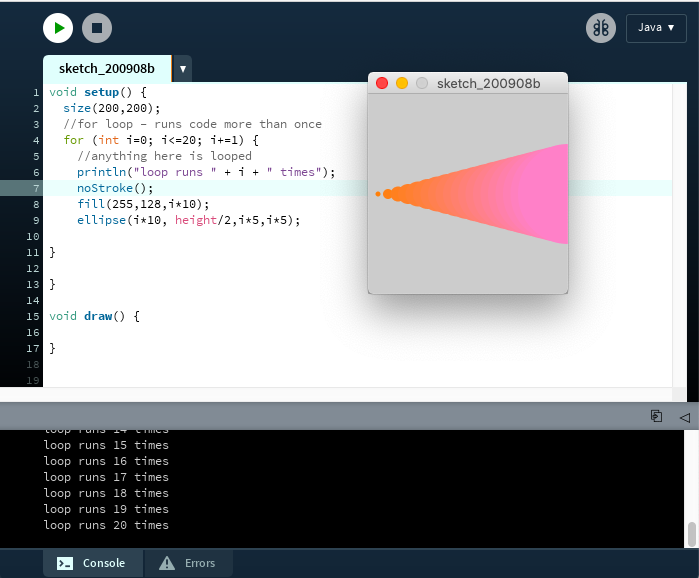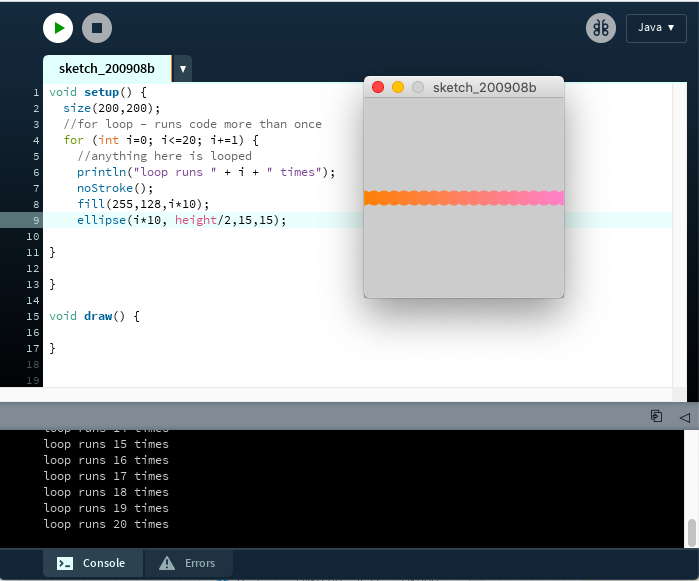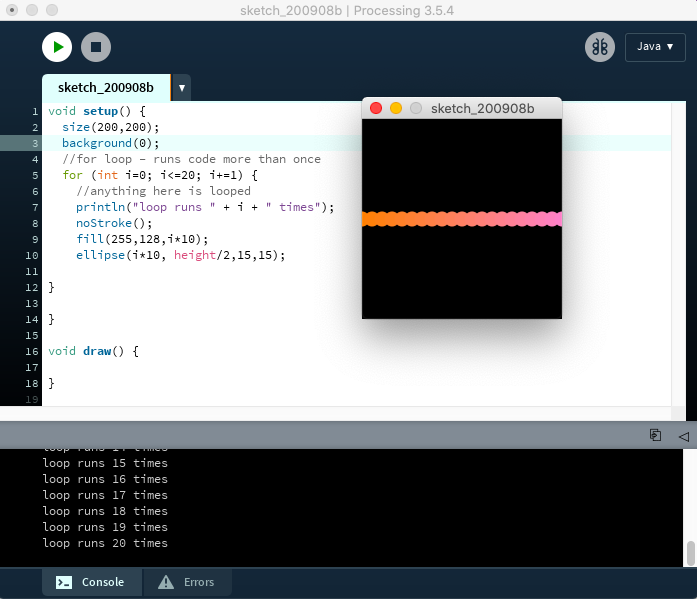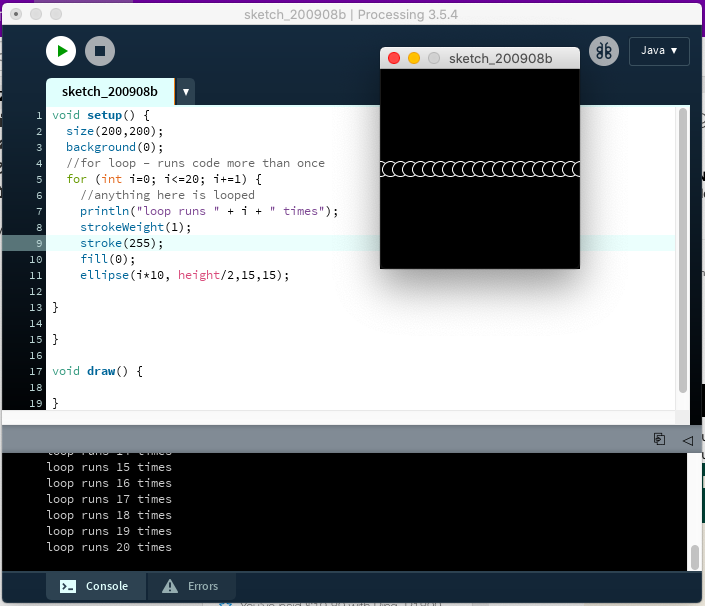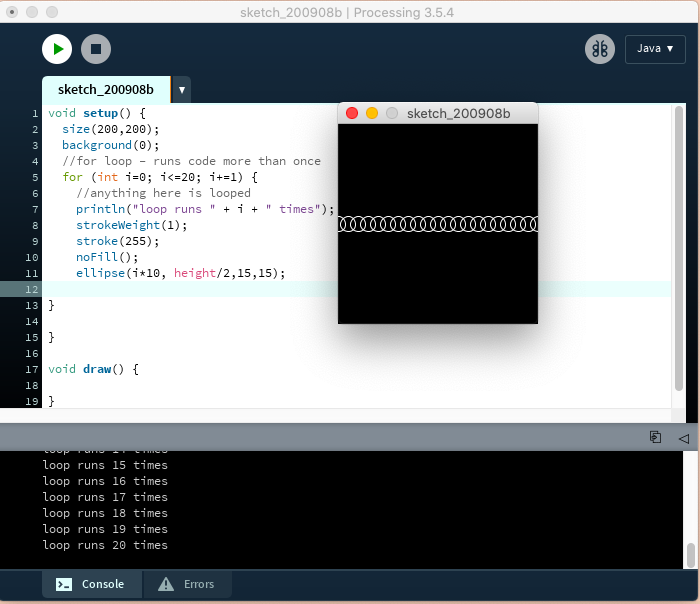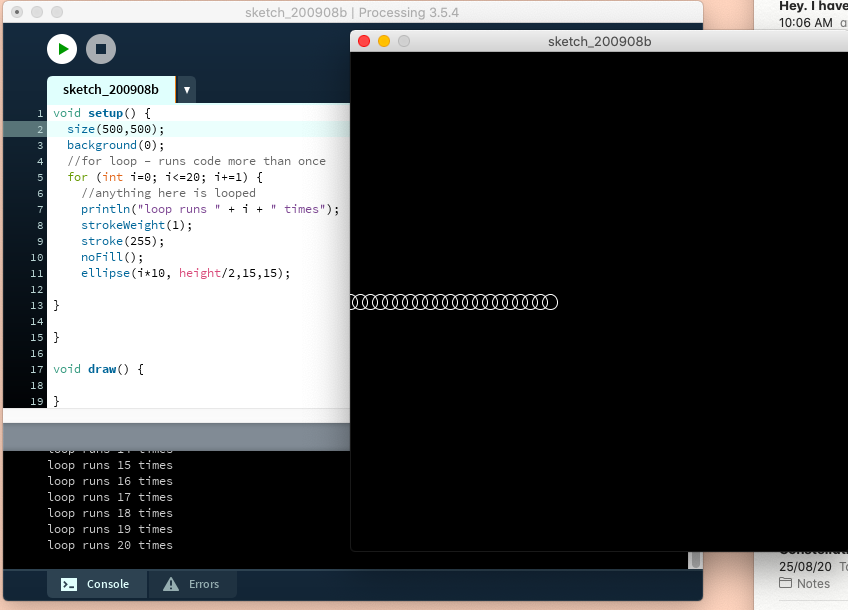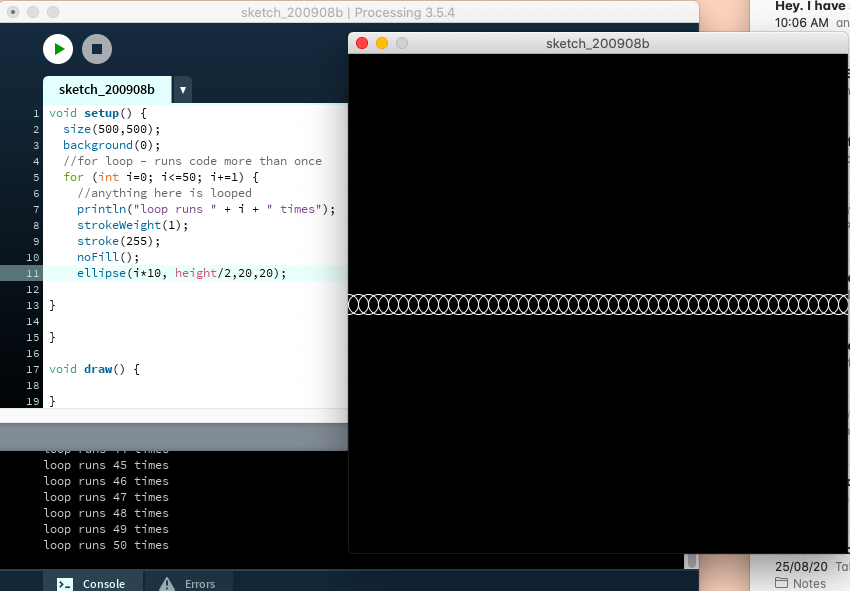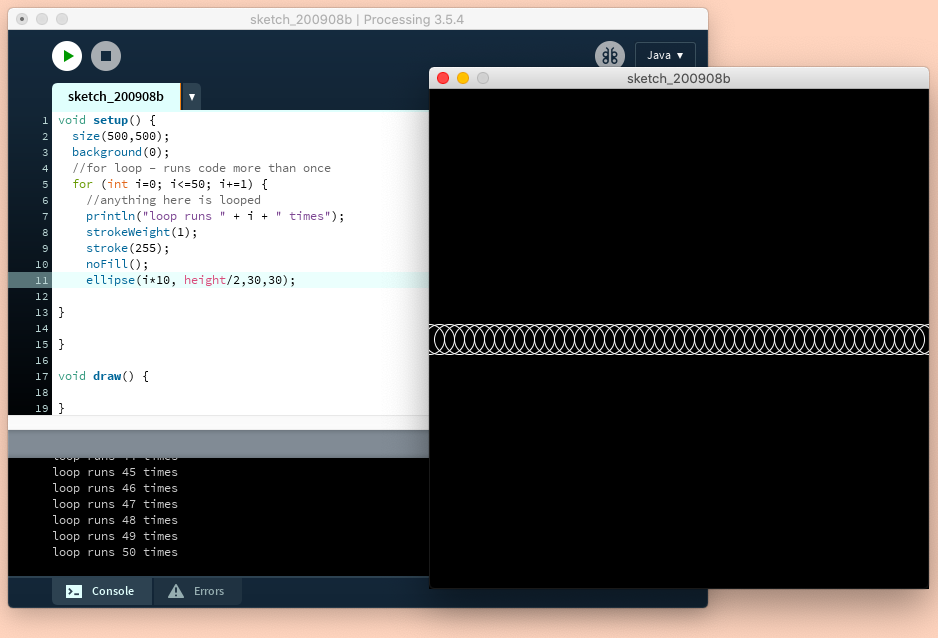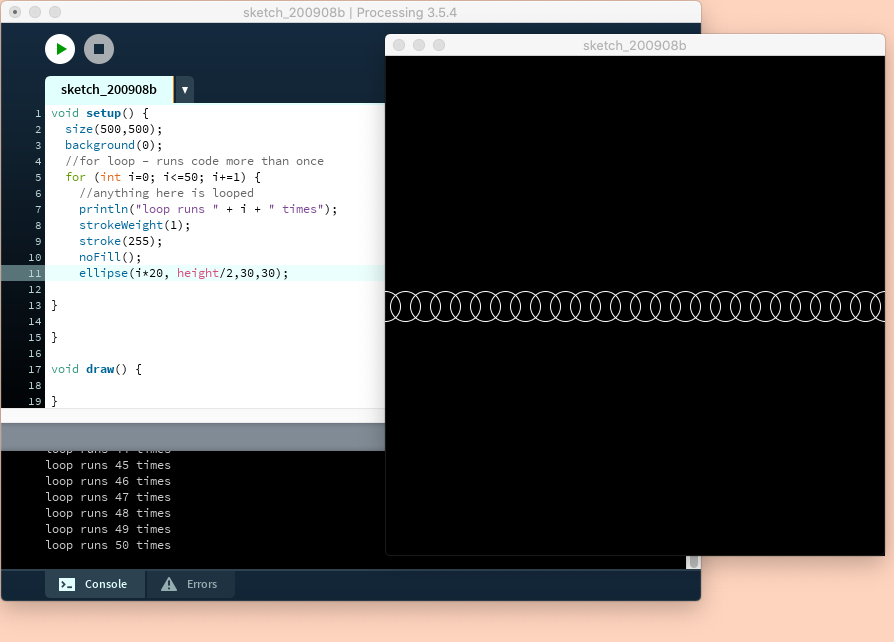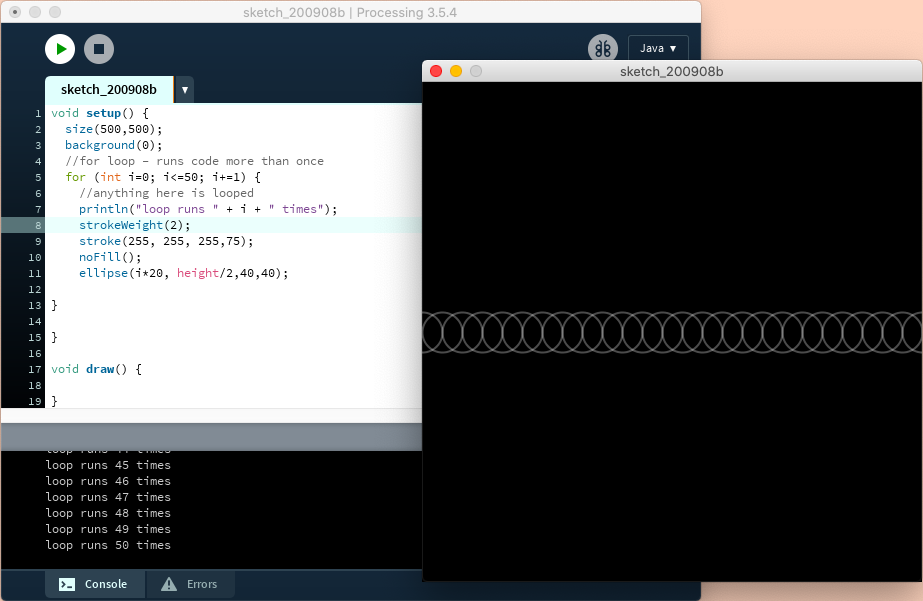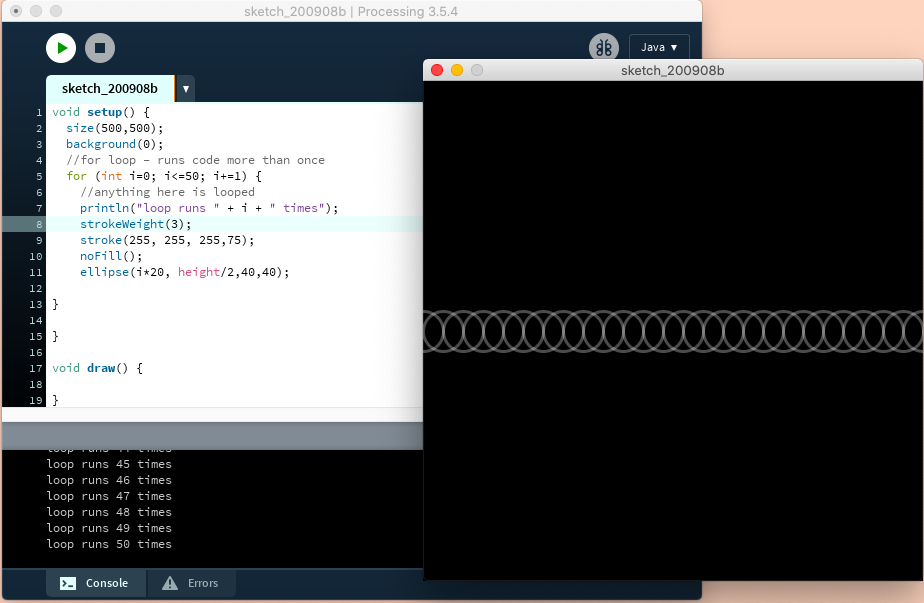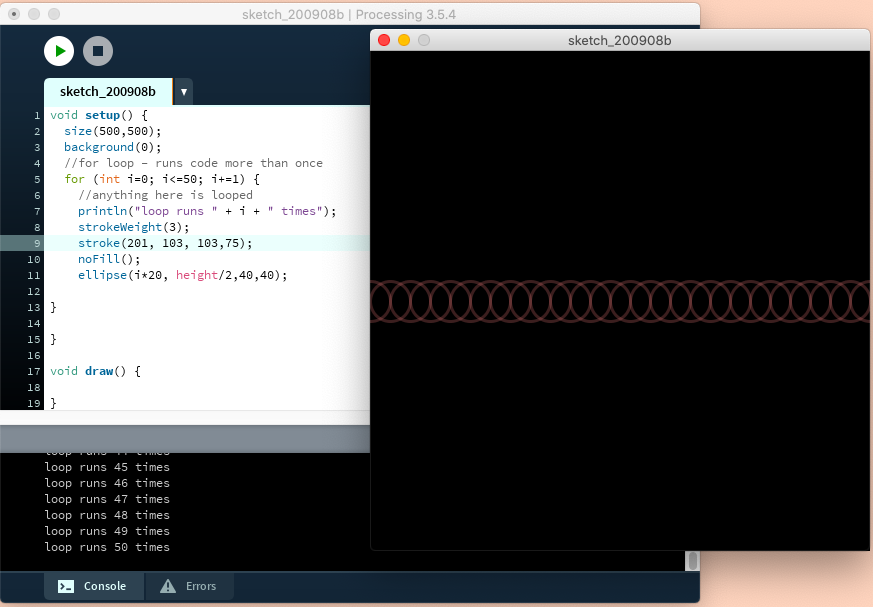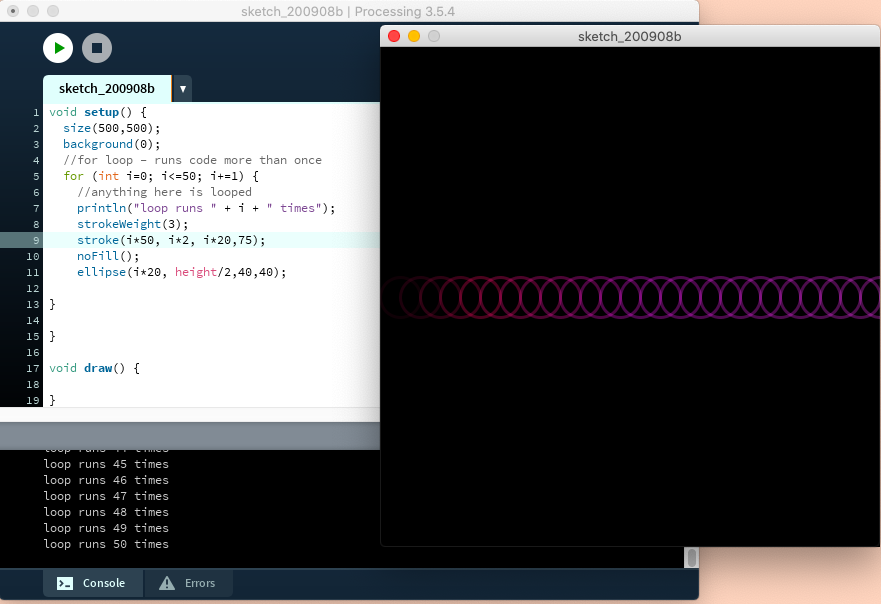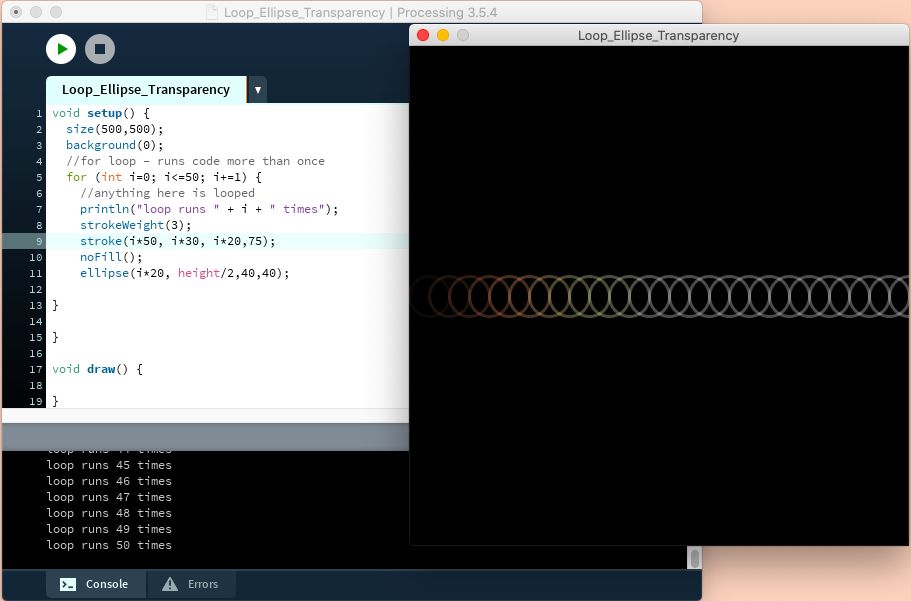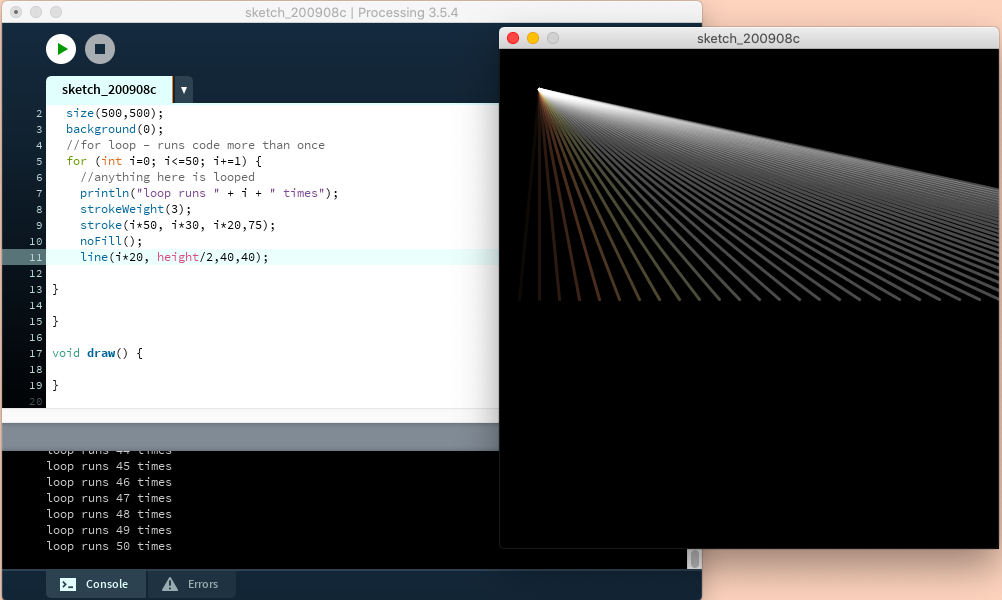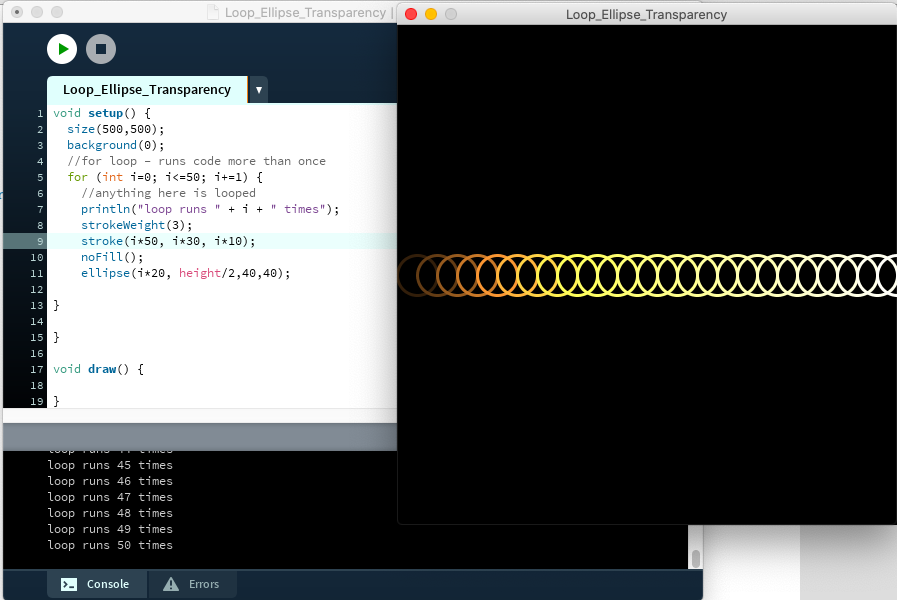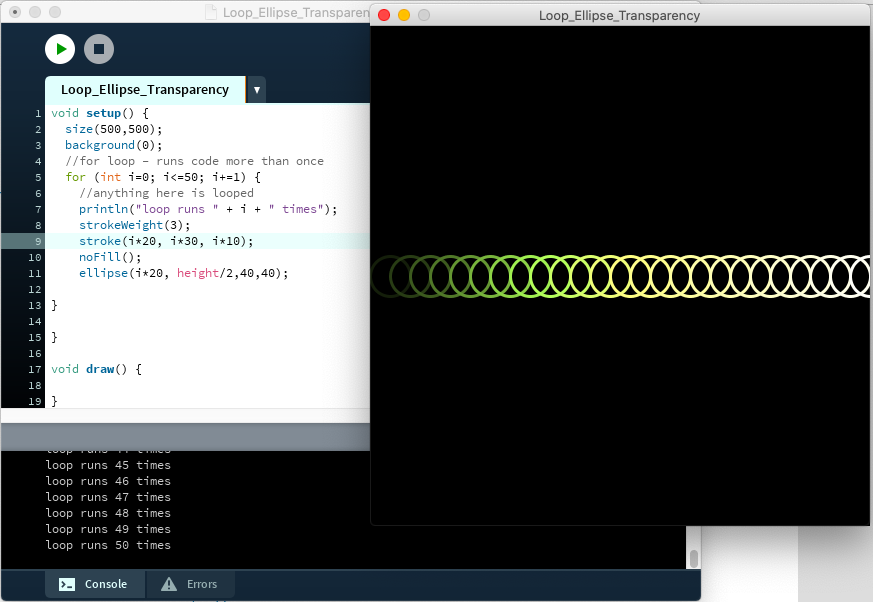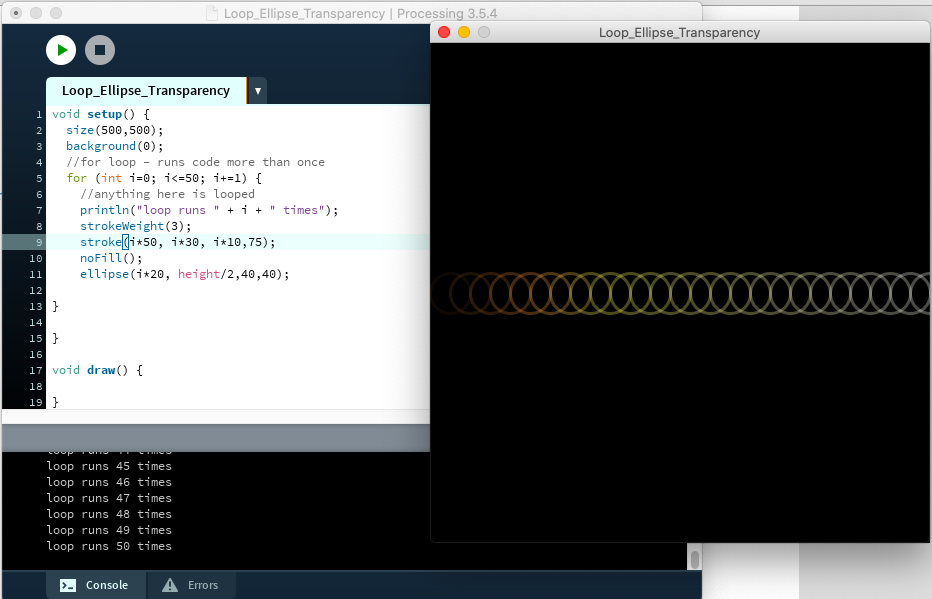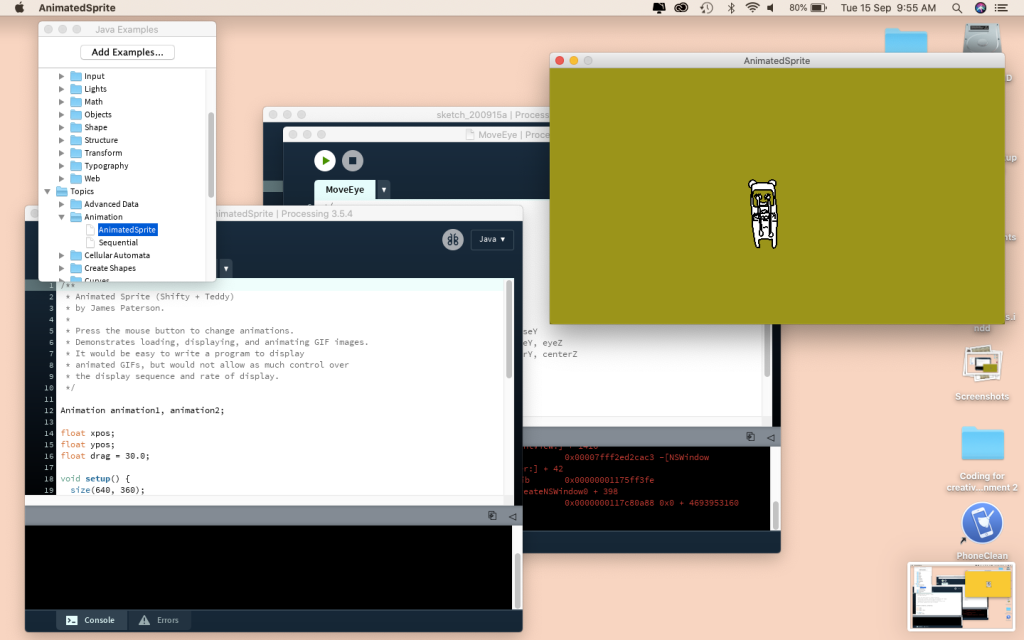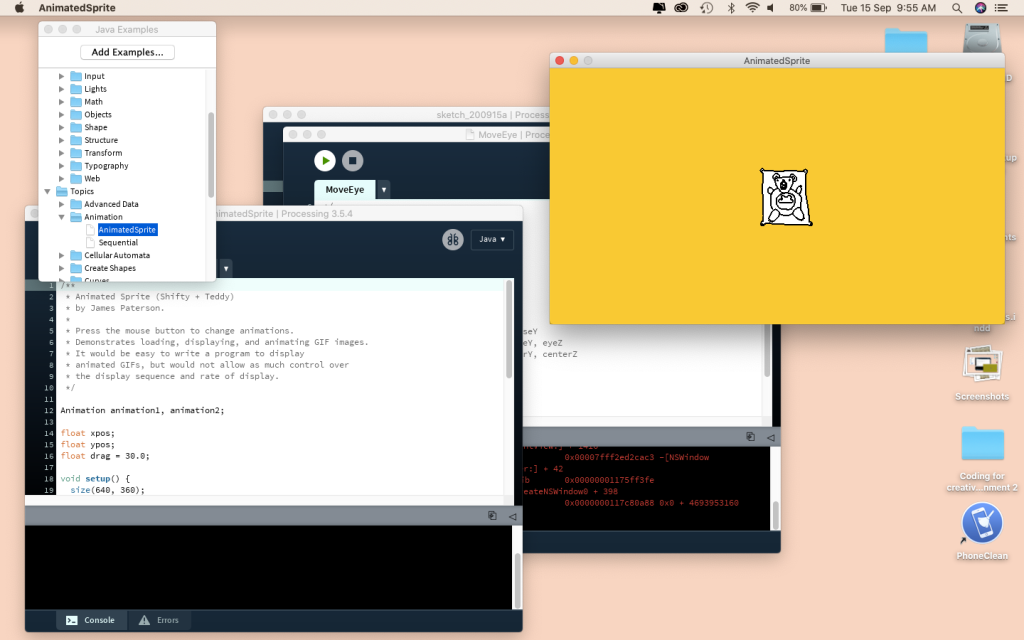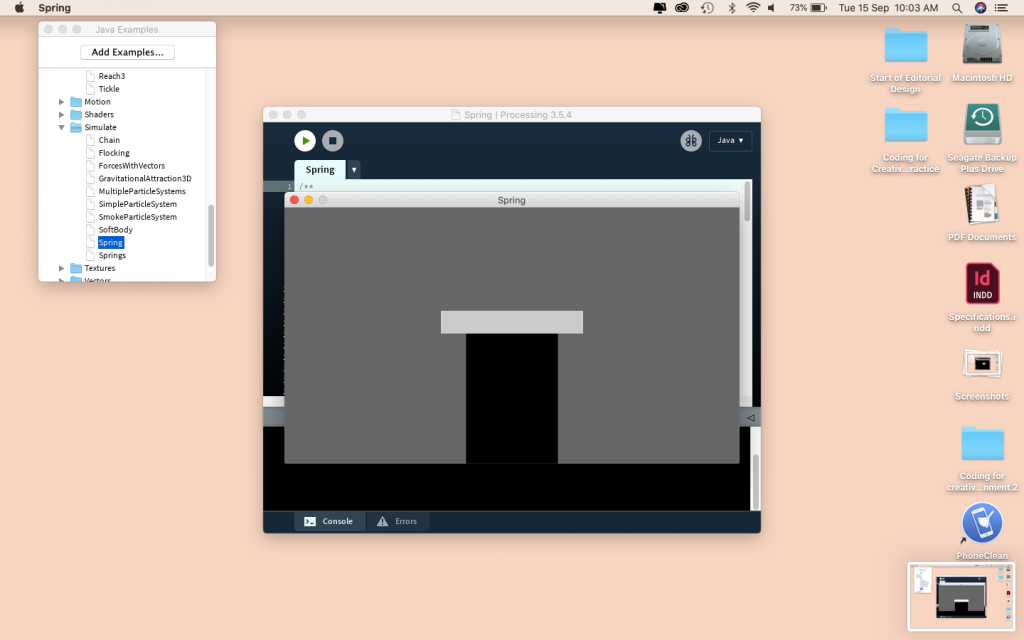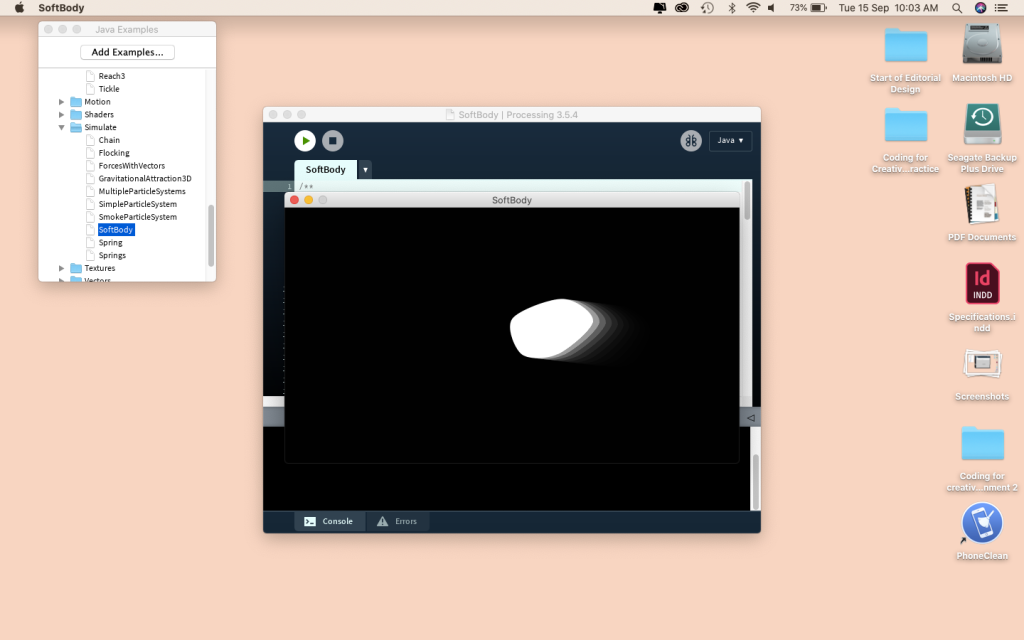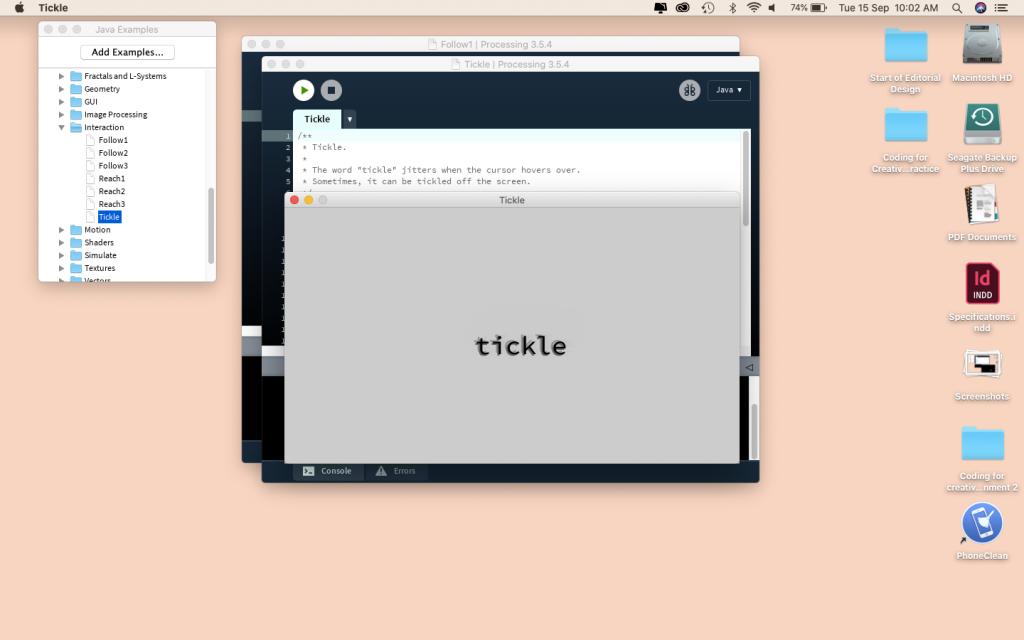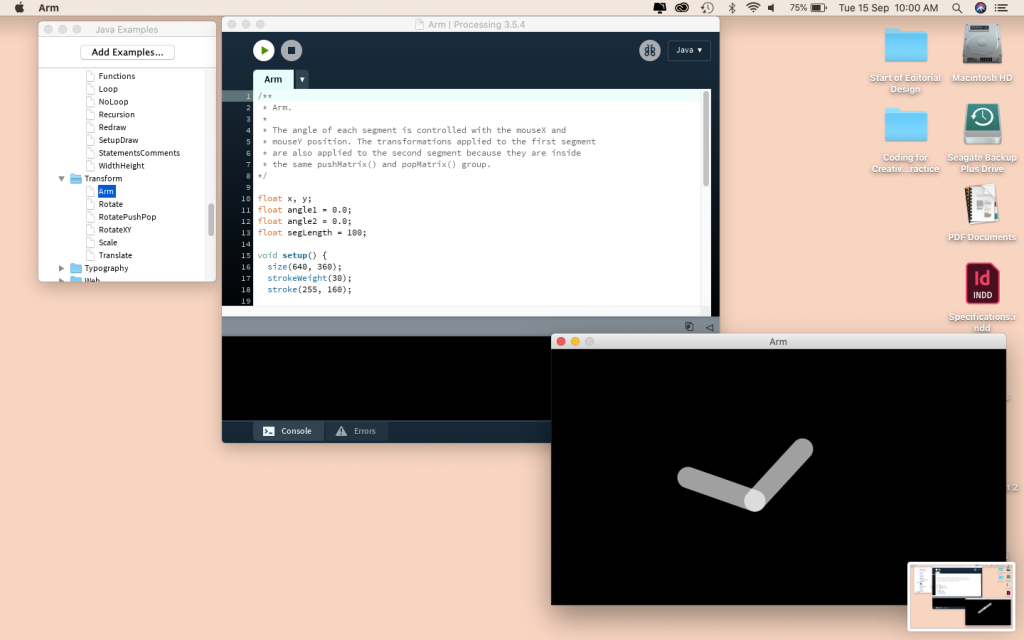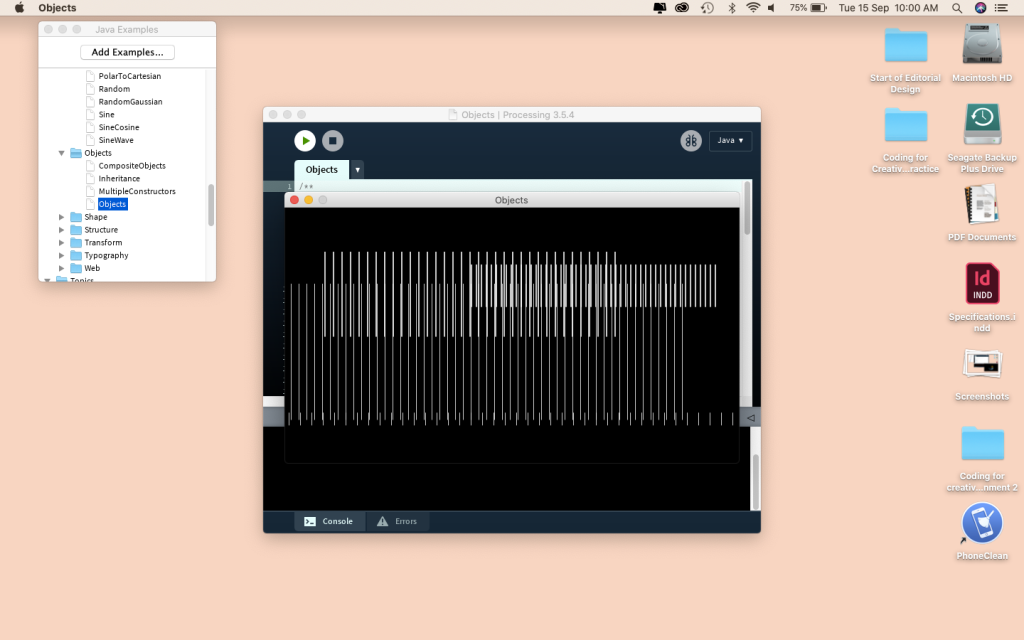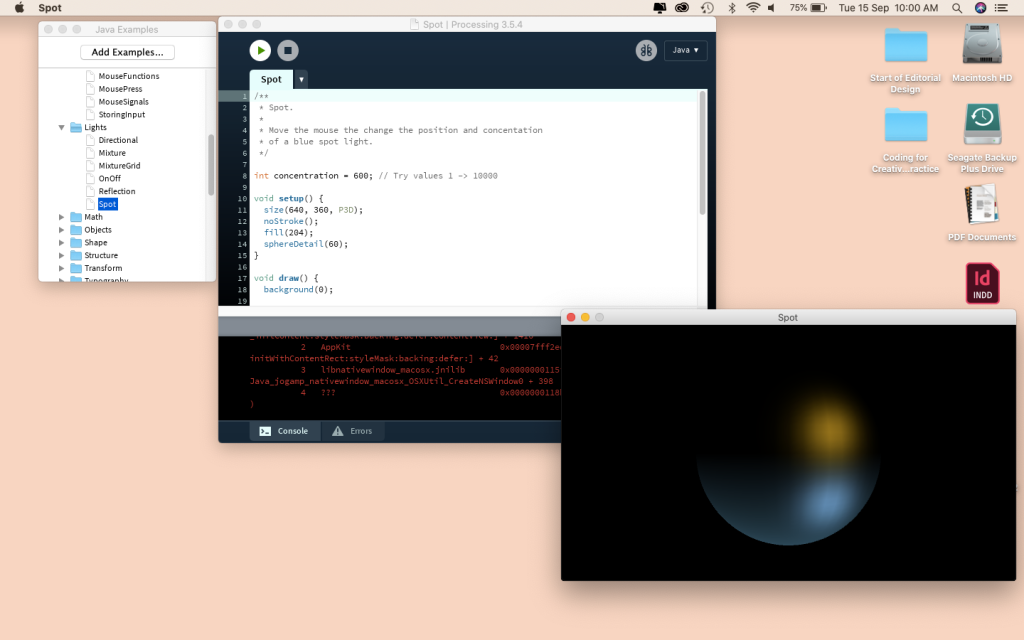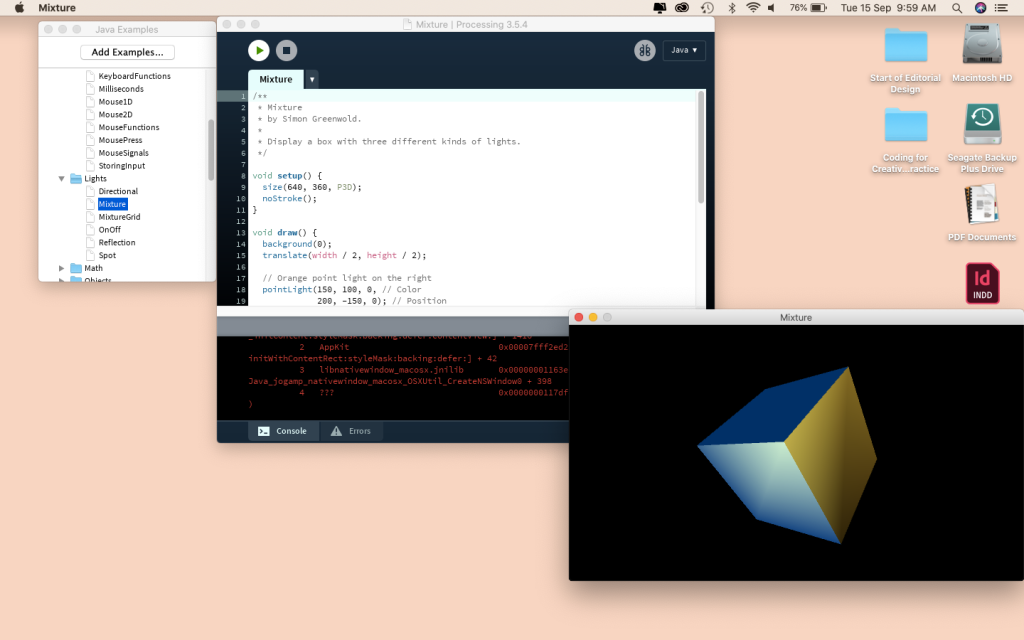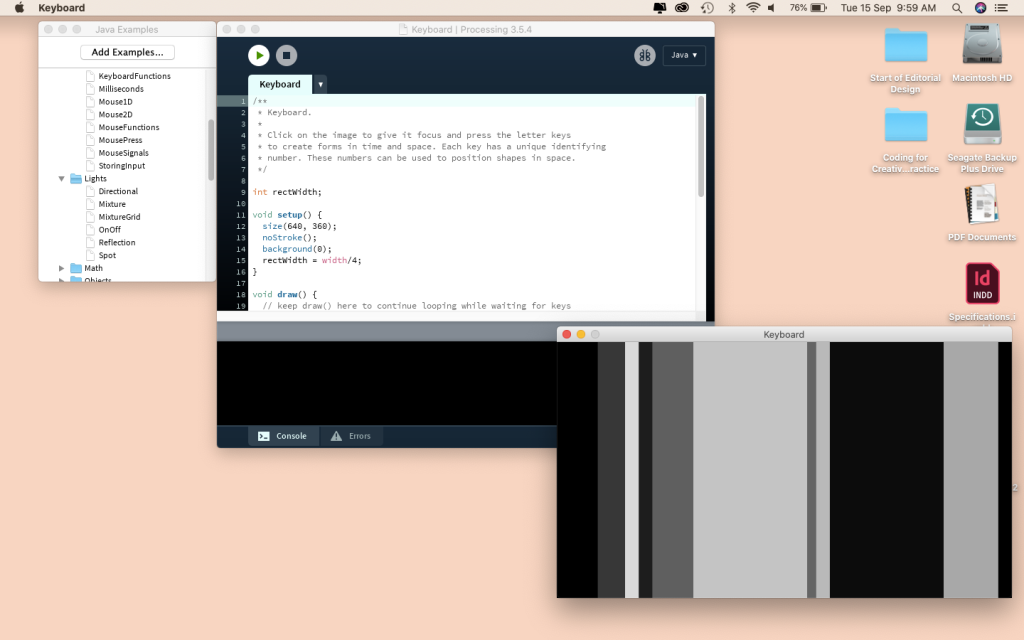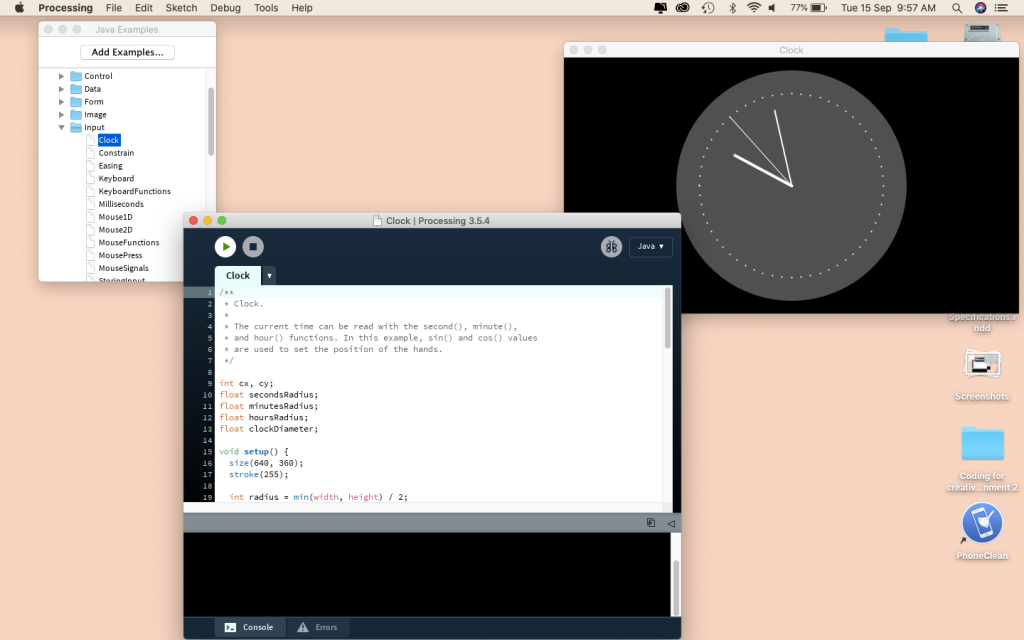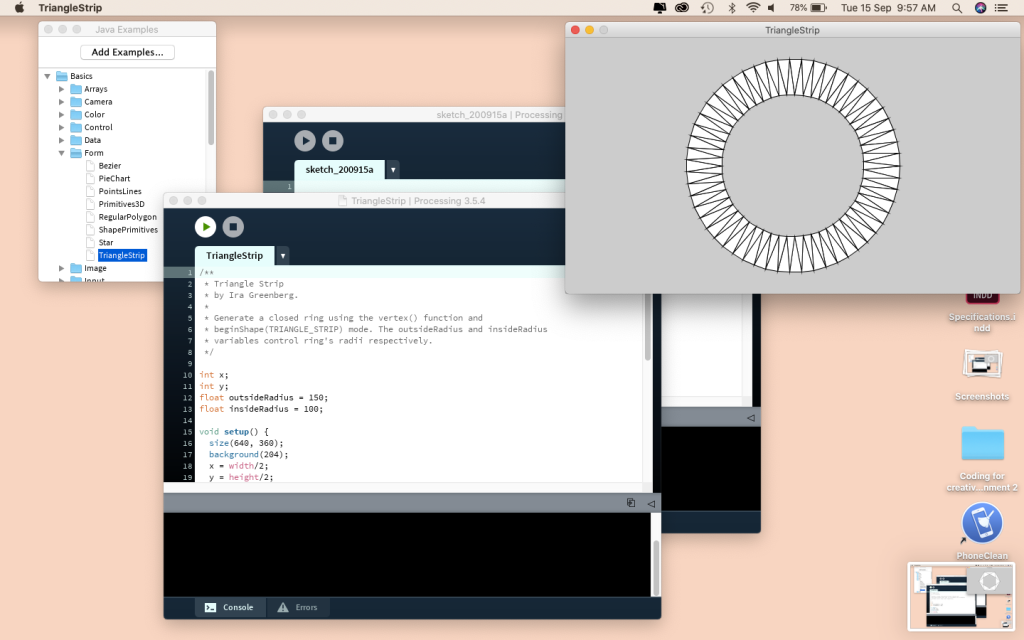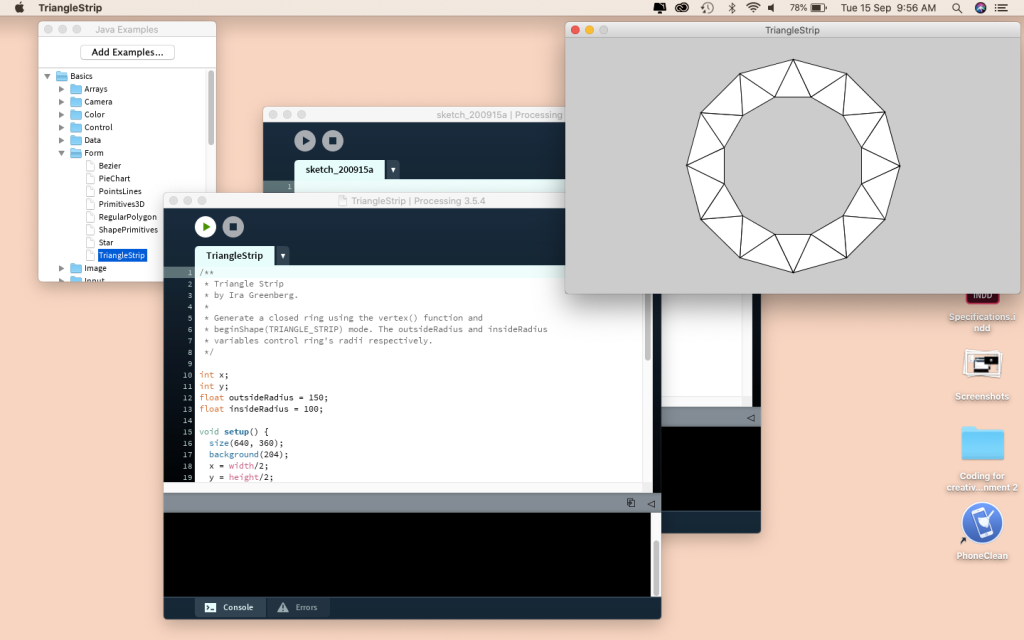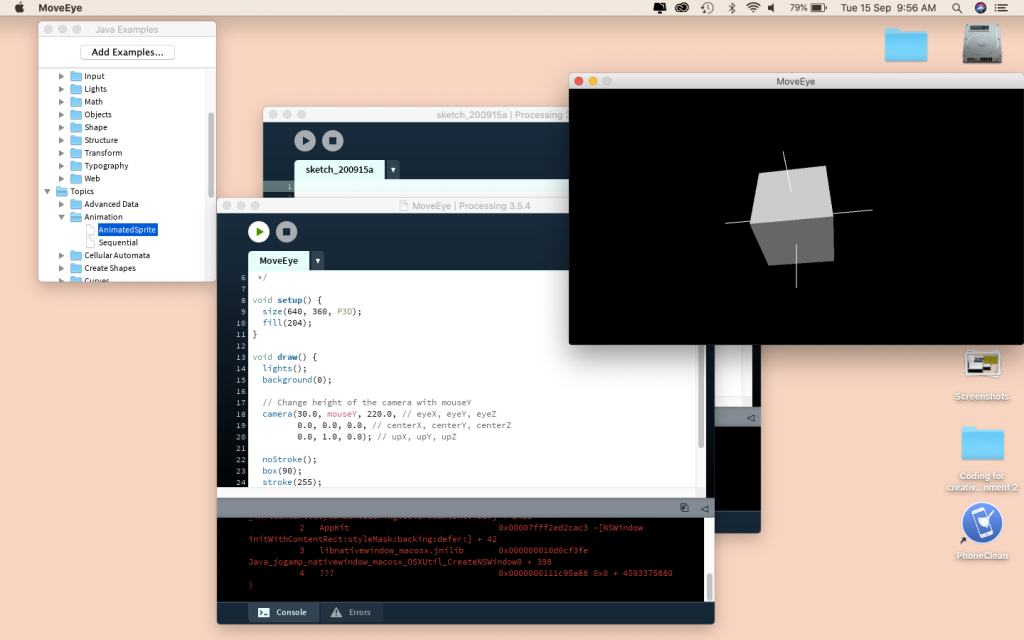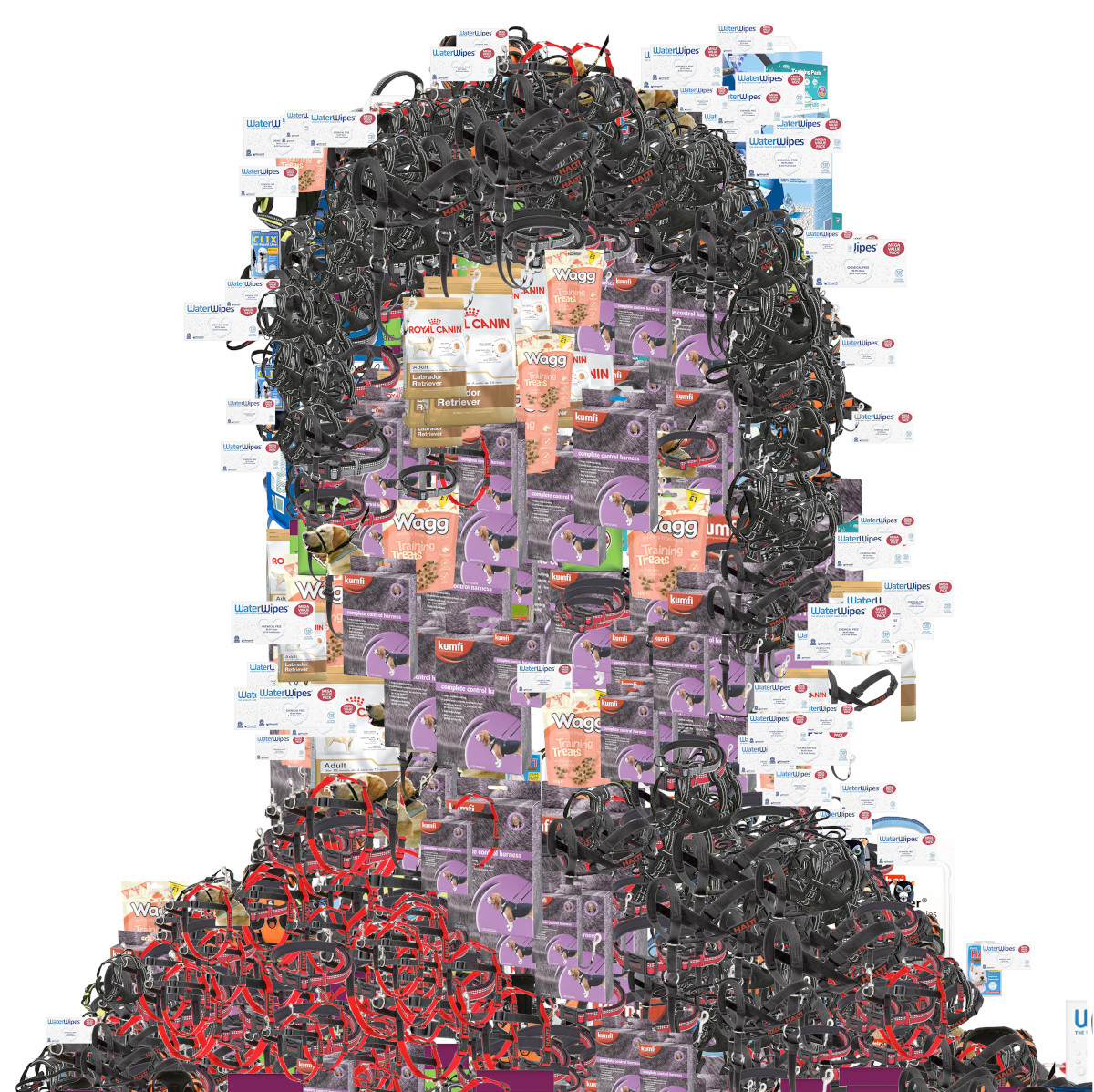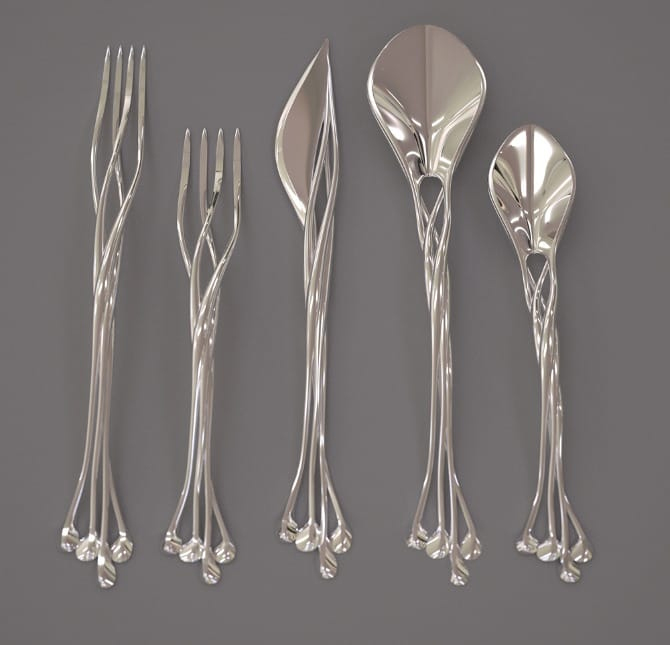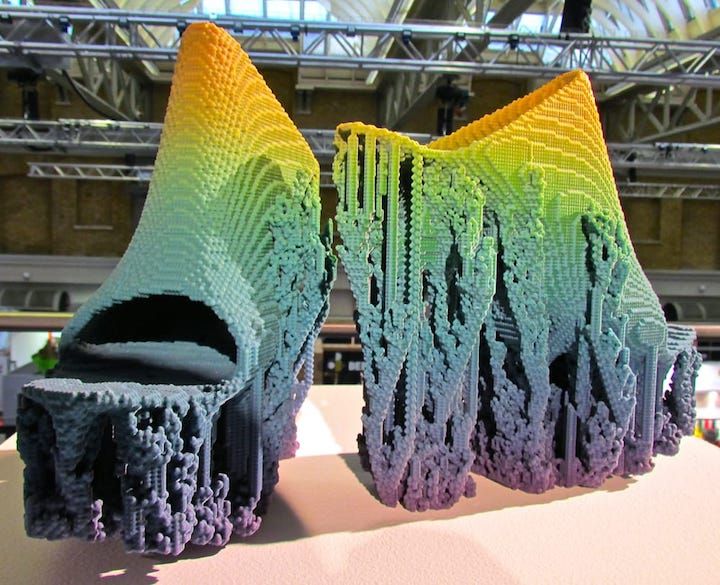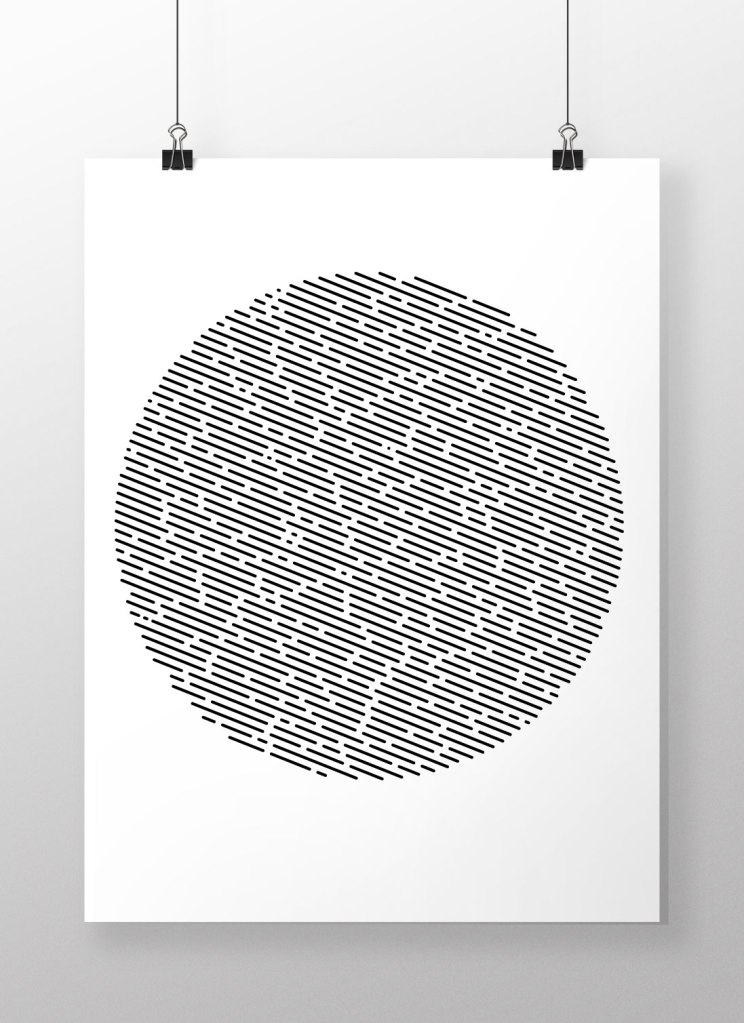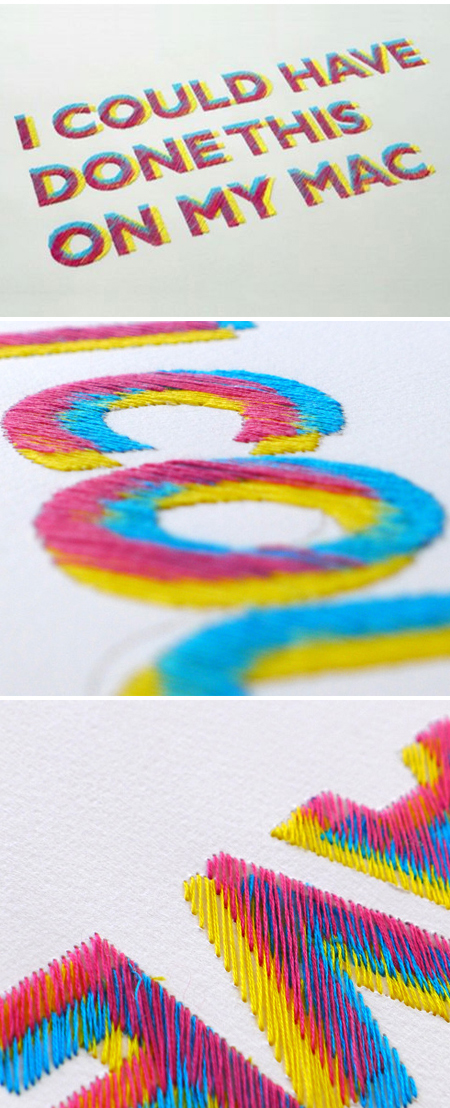My computer decided to run extremely slow just before hand-in so I was stressed and felt like a headless chicken. I need to start designing how I want to use the data in the real world. I had suggestions for posters, stickers and cards. Over the years, cards have meant a lot to me when I am going through a rough patch. It can be easier to put feelings down into words and getting letters can make your day as it is full of love, positivity and it means someone was thinking about you even though you feel alone.
I first place in all the answers. As much as I love the colour it feels a little overwhelming so to break it down I decided to focus on one answer at a time. This could be using just one part on an answer or all of it, depending on length. I next started working on placement and colour but I decided that the colour dots stand out better against white. I next looked it how I could translate the answer and explain the question. I decided to put this on the back. I wanted the translation so that people can feel the affirmation that has been given to them.
I also added an extra column into the spreadsheet with my name and word of affirmations project (both in full and as an acronym) to add as a logo and a signature as I found during research.
https://www.lifewire.com/parts-of-a-greeting-card-1077348 says:
“On commercially-produced greeting cards, the back of the card is where you’ll find the name of the greeting card company, logo, copyright notice, and contact information. When making your own greeting cards, you might want to include your name and date or a personal stamp or logo.”
Other examples:

Accidentally printed it off too small 
Don’t print it off double sided as it doesn’t fold as a card. Print as booklet. 
Forgot to change from black and white to colour 
Having no colour doesn’t have the same effect
Mockups
When deciding where I would want my design to be located, my first thought was I want them to be a reminder and I know that a place that people could use some affirmations are doctors offices and therapy offices/rooms. However, I wasn’t sure how to convey this message. I then thought about where do people often get cards from and that lead me to bookstores.
Workflow
Below are my two workflows. One I did in class the other at home as I wanted to make it a little more tidy and hopefully more explanation.
Final
I chose an answer from each question to make into a card to show some variety and to get a range of different answers for different questions.
It was cool to see what everyone had designed and it was amazing to see everyones hard work pay off and seeing skills develop.
Outputs

It gets better 

Lets do this togther 

Be the best version of yourself 

You are loved, you are worth, you can do this 



Kia Kaha 

Paper version 

Showing size difference between A4 and A5 
A glossy paper vs normal printer paper 
Example message 
Can come in different orientations 


The inside is blank so people can add their own personal touch 
To show all the sizes
Questions and answers
What I did was take some of the different answers and showing them. As a part of a series it would be cool to see more of the answers on cards as they can help a range of people rather than just having a couple of answers that may not suit the situation.
| What are some word of affirmations that you would you say to someone going through a hard time? |
| I understand what you are going through Want to go for a drive just because I am here for anything you need |
| You are strong You can do it Kia kaha Keep being brave |
| You are loved You are worthy You can do this |
| It is ok to feel overwhelmed We are here for you |
| Breathe Celebrate the good Planning moves you forward |
| I can see that you are struggling Is there anything I can do |
| What are some word of affirmations that you would want someone to say to you when going through a hard time? |
| Want to go for a drink Want to hang out How are you really |
| I am here for you you can do this you are strong |
| You are loved You are worthy I am here for you Lets do this together |
| They are here for me That my worries are valid |
| You are strong One step forward daily |
| I can see you Are having a rough time but remember we appreciate you |
| What would you want to tell your younger self? Any advice? |
| People will always let you down focus on yourself do not wait for others Be the best version of yourself |
| One day at a time Keep asking for help It will get better |
| It does not get easier as you get older You need to form healthier habits now and deal with with your problems before they ruin your relationships and your health It is okay to ask for help |
| Keep breathing and take it one day at a time |
| Save Keep fit Choose happiness |
| You will get better at this in time |
| What would you want to tell your future self? |
| I hope you are better than me |
| It gets better |
| I am so proud that you got sober and reached out for help and recovery |
| Keep breathing and take it one day at a time |
| Enjoy each day Admire the outdoors Be kind |
| Remember the lessons I learned |
| What is a quote that you always replay when things get tough? |
| Will it matter in five years |
| She is beautiful piece of broken pottery put back together by her own hands And a critical world judges her cracks while missing the beauty of how she made herself whole again JM Storm |
| Everyone makes mistakes what matters is how you pick yourself up |
| All that I know is I am breathing now |
| I normally just go over the lyrics to my favorite songs |
| What is your name? This question can be left unanswered if you wish |
| Joshua |
| Bridget |
| Stephen Mills |
| Camm |
| Comments or anything else you want to share? |
| Sometimes words are not necessary company and a hug can oftentimes be enough I feel guys do not get that sort of support as much as women |
| Thanks for doing this |
| Good luck with your project |
Next Steps
To take this further, it would be cool to see all the answers as cards. I also would love for people to make their own using a website so that they can add their own affirmations depending on the situation as well as be able to read what others have said.
Code
I ended up taking the blending modes out as they only work in Processing.
import processing.pdf.*;
PGraphicsPDF pdf;
int maxHeight = 20;
int minHeight = 20;
int letterHeight = maxHeight; // Height of the letters
int letterWidth = 20; // Width of the letter
int x = 20; // X position of the letters
int y = 20; // Y position of the letters
boolean newletter; //true or false, tells the draw function if it should be creating ellipses
boolean saveOneFrame = false;
boolean drawFile = false;
int numChars = 26; // There are 26 characters in the alphabet
PImage[] colors = new PImage[numChars+1]; //array of images, 26 letters plus space
Table affirmation;
int headerNumber = 0;
PImage img; // Declare variable “a” of type PImage
void setup() { //runs once
pdf = (PGraphicsPDF)beginRecord(PDF, “wordsofaffirmation15.pdf”);
size(900, 700);
noStroke();
colorMode(HSB, numChars);
//blendMode(DARKEST);
//blendMode(MULTIPLY);
background(0, 0, 100);
saturation(200);
String alphabet = “ABCDEFGHIJKLMNOPQRSTUVWXYZ”; //list of file names
for (int i = 0; i < numChars; i++) { //controls the colours, loop happens 26 times, creates 26 values to the array, sets a hue value for each key
colors[i] = loadImage(alphabet.charAt(i)+”.png”); //starts at 0 = A and loads the file in
}
colors[26]=loadImage(” .png”);
}
void keyPressed() { //press space bar or any other keyboard button
headerNumber++; //goes to next header collumn
background(0, 0, 100); //background colour
drawFile = false; //if not drawFile draw
x = 20; //x position
y = 20; //y position
}
void draw() { //repeats
pdf.nextPage();
if (!drawFile) { //! means if not drawFile
String[] headers = {"What are some word of affirmations that you would you say to someone going through a hard time?", "What are some word of affirmations that you would want someone to say to you when going through a hard time?", "What would you want to tell your younger self? Any advice?", "What would you want to tell your future self?", "What is a quote that you always replay when things get tough?", "What is your name? This question can be left unanswered if you wish", "Comments or anything else you want to share?"};
affirmation = loadTable("WordsofAffirmation2.csv", "header"); //load table, ignores header
ArrayList<String> allanswers = new ArrayList<String>(); // A string that has all the answers
for (TableRow row : affirmation.rows()) { //a new string starts a new row
allanswers.add(row.getString(headers[headerNumber]));
}
for (int j = 0; j < allanswers.size(); j++) { //loop through the amount of times there are rows in the .csv
String row = allanswers.get(j);//stores the row
for (int i=0; i<row.length(); i++) { //goes through once for every character in the row
String test = row.charAt(i)+""; //turns the character into a string
test=test.toUpperCase(); //makes sure it is a capital letter
//img = loadImage(test.toUpperCase()+".png"); // Load the image into the program, detects that it is a .png
if (row.charAt(i)==' ') { //checks for space, that isn't in the alphabet
img=colors[26];
} else {
img = colors[test.charAt(0)-'A']; //key is typed in, colour is accessed from colour array, string is 1 character long, needs to get the character from the string
//println(allanswers);
}
processing(row.charAt(i), row, i);
if (newletter == true) { //checks to see if a letter is needed to be drawn and then draws the letter
int y_pos;
if (letterHeight == maxHeight) { //box of letter
y_pos = y;
noStroke();
colorMode(HSB, numChars);
image(img, x, y_pos, 35, 35 ); //controls image location and size
} else {
y_pos = y + minHeight;
noStroke();
colorMode(HSB, numChars, 0, 0, 100);
println(x, y);
image( img, x, y_pos, letterWidth, letterHeight );
}
newletter = false;
}
} //end of going through every character
x = 20; //changes white space on left of sentence
y+= maxHeight+35; //controls leading
}//back around for a new row
drawFile = true;
}
}
void processing(char letter, String row, int index)
{
// If the key is between ‘A'(65) to ‘Z’ and ‘a’ to ‘z'(122)
if ((letter >= ‘A’ && letter <= ‘Z’) || (letter >= ‘a’ && letter <= ‘z’)) { //converts letter to arrary (colour)
if (letter <= ‘Z’) {
letterHeight = maxHeight; //holds capital letters height
} else {
letterHeight = minHeight; //lower case letters
}
} else {
fill(255); //black
letterHeight = 30;
}
newletter = true; //boolean, true or false
int numberOfCharacters=row.indexOf(‘ ‘, index)-index; //Number of characters per row before going to next line
//prints the sentence, the letter that is being drawn right now, the number of characters that is left to draw in the word, println(row+” “+letter+” “+numberOfCharacters+” “+index);
x = ( x + letterWidth ); // Update the “letter” position
int endX=x+(letterWidth*numberOfCharacters); //x location of the last character/letter of the word
// Wrap horizontally
if (endX > width – letterWidth -62) { //-80 controls right white space
x = 10; //changes white space on left of sentence
y+= maxHeight+20;
}
// Wrap vertically
if ( y > height – letterHeight) {
y = 20; // reset y to 20 if it hits the bottom
}
}
void mousePressed() {
endRecord();
exit();
}

















































































































































































































































